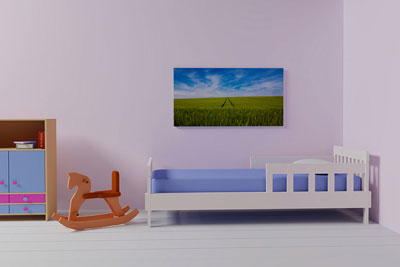Tips on color combinations in a room
 The effect of each individual color also depends heavily on the environment in which it is seen.
The colors almost never appear in isolation, mostly in combinations of several colors that arouse certain moods.
The effect of each individual color also depends heavily on the environment in which it is seen.
The colors almost never appear in isolation, mostly in combinations of several colors that arouse certain moods.
The table below lists the colors that are often used as
Since
Bedeutungen und Wirkung der Farben
| Base color | Additional Colors | Fits rooms |
|---|---|---|
| Gray | Other shades of Gray, White, pink, magenta, violet, Yellow |
|
| Brown | beige, White, pink, Green, Gold |
|
| Lilac | Orange, Golden beige |
|
| Beige | Brown, Green, White |
|
| Green | White, yellow, Blue, Brown, Orange, Red |
|
| Red |
|
|
| Orange | Purple, lilac, White, Blue, light blue, Turquoise |
|
| Yellow | White, light blue, Red, Green, Magenta |
|
| Blue | Gold, yellow, Brown, Gray, Bordeaux |
|
| pink | White, Gray, Green, Brown, Bordeaux |
|
Weitere Tipps zur farblichen Gestaltung des Interieurs
- First determine the combination of colors - a base color and one or two additional colors would be ideal.
- Follow designer advice that you can find in catalogues, specialized magazines and as color charts.
- It is best to choose those basic colors that you personally find very pleasant and not disturbing. Then you can start with the details - murals, curtains, lamps, decorations, etc. experiment freely. Because it's easier to change small details than to change the wall paint or furniture.